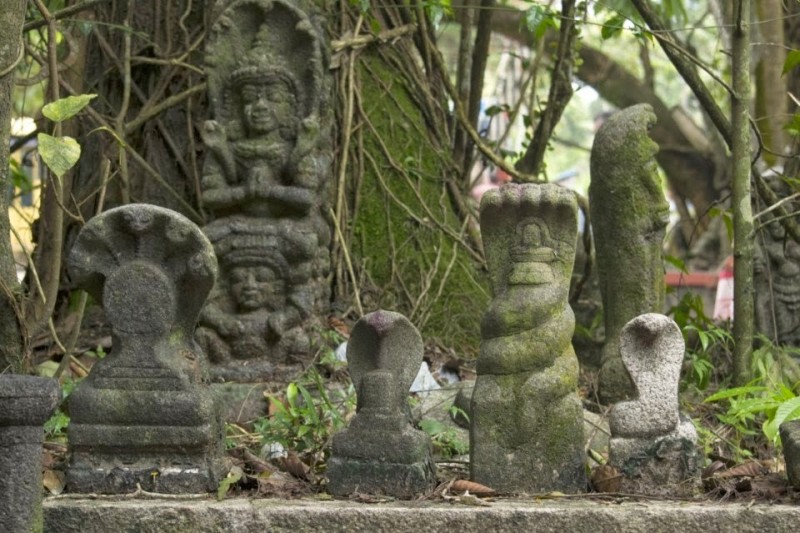
Nagalok, a realm shrouded in myth and mystery, continues to captivate the imagination of many. Despite the passage of time and the advancement of civilization, the enigmatic presence of Nagalok persists in various cultural narratives and beliefs. Among the countless tales woven around this mystical realm, one common thread remains: the inevitability of death for Gaya, its inhabitants, or those who encounter its secrets.
Nagalok, often depicted as an otherworldly domain existing beyond the boundaries of mortal perception, transcends mere folklore to become an integral part of cultural heritage for many societies. While its precise location remains elusive, the allure of Nagalok lies in its portrayal as a realm where the laws of nature are bent and the unknown reigns supreme.
The mythos surrounding Nagalok varies across cultures, yet certain motifs persist. It is often depicted as a place where the living tread cautiously, for it is said that once one enters Nagalok, the grip of death becomes inexorable. Legends speak of hidden treasures and forbidden knowledge concealed within its depths, tempting brave souls to seek their fortune at the risk of eternal consequences.
Central to the lore of Nagalok is the notion of death's certainty for Gaya, whether interpreted as an individual, a community, or the entirety of mortal existence. This existential inevitability lends an air of foreboding to the tales spun around Nagalok, warning against the hubris of challenging the natural order.
In an age dominated by science and rationality, the persistence of Nagalok's presence in cultural discourse may seem incongruous. However, even in the era of enlightenment, the allure of the unknown continues to exert its influence, weaving threads of curiosity and fear into the fabric of human consciousness.
The enigmatic nature of Nagalok has inspired countless works of literature and film, each offering its own interpretation of the realm's mysteries. From epic fantasy novels to spine-chilling horror films, Nagalok's presence looms large, a testament to its enduring appeal across diverse artistic mediums.
Beyond its role as a setting for fantastical narratives, Nagalok serves as a potent symbol in allegorical interpretations of the human condition. It represents the inevitability of mortality, the allure of forbidden knowledge, and the consequences of tempting fate—a reflection of humanity's eternal struggle with the unknown.
As we ponder the enduring presence of Nagalok in our collective consciousness, we are compelled to confront fundamental questions about life, death, and the mysteries that lie beyond. In a world driven by logic and reason, the enigma of Nagalok reminds us of the limitations of human understanding and the enduring power of myth and legend.
While the mysteries of Nagalok may never be fully unraveled, they invite us to embrace the uncertainty that lies at the heart of existence. Rather than fearing the unknown, we can choose to view it as a source of wonder and inspiration, enriching our lives with the sense of awe and curiosity that defines the human experience.
In contemplating Nagalok's role as a harbinger of death's certainty, we are confronted with the fragility of our own mortality. Rather than succumbing to despair, however, we can find solace in the knowledge that death is but a part of the cycle of life, a threshold to be crossed on the journey of existence.
In the timeless realm of Nagalok, the mysteries of life and death converge in a tapestry of myth and legend. As we navigate the threshold between the known and the unknown, let us embrace the enigma of Nagalok with humility and reverence, for in its depths lie the echoes of eternity.
India and UK Trade Talks Likely to End Without Resolution on Key Issues\
Former Novartis India Vice Chairman Ranjit Shahani Passes Away